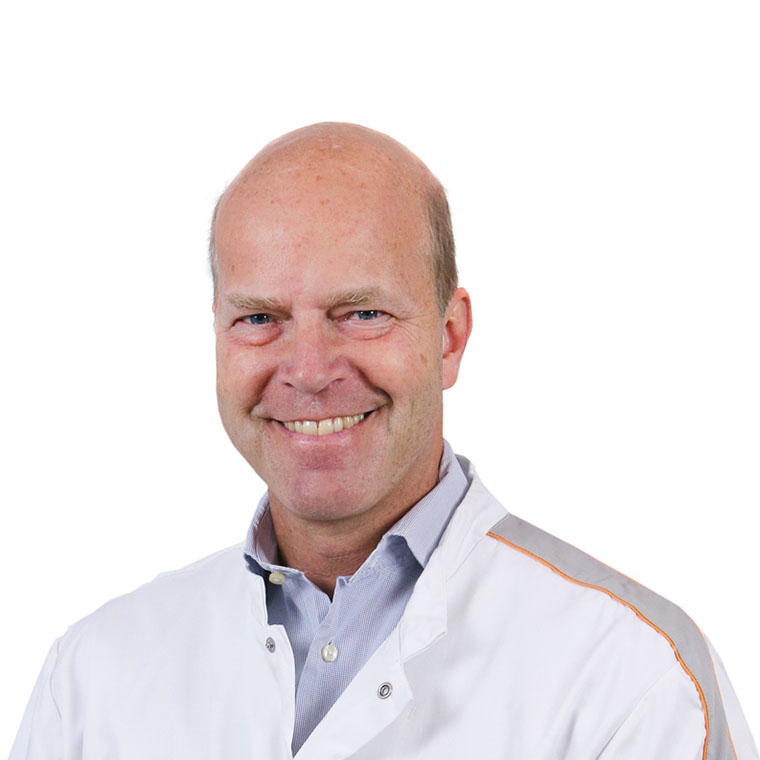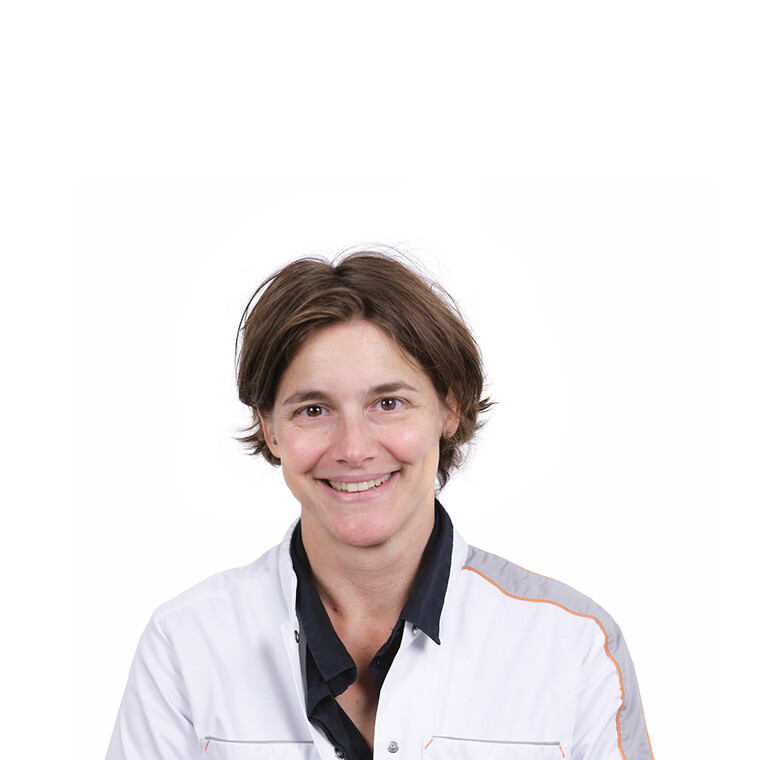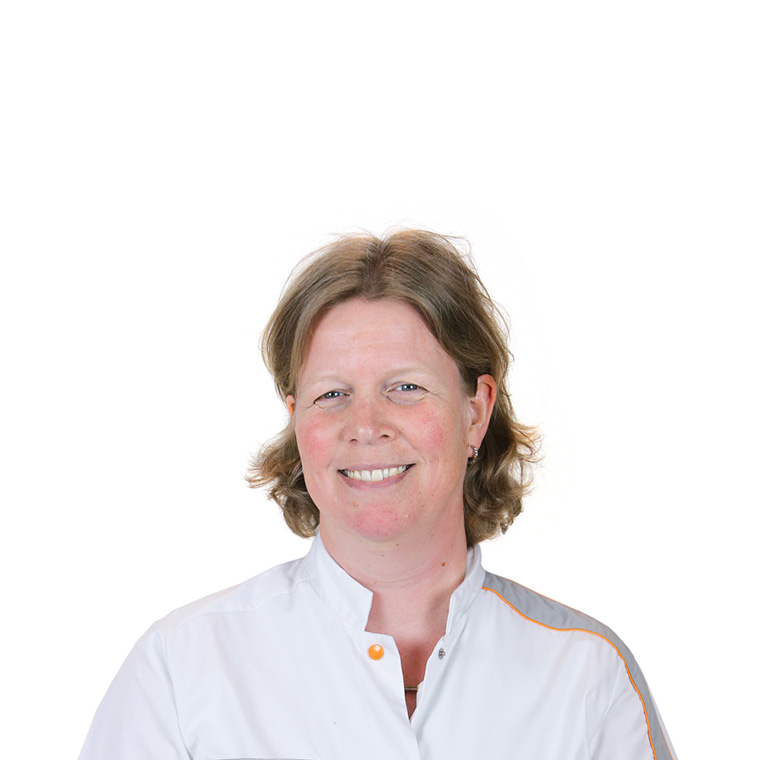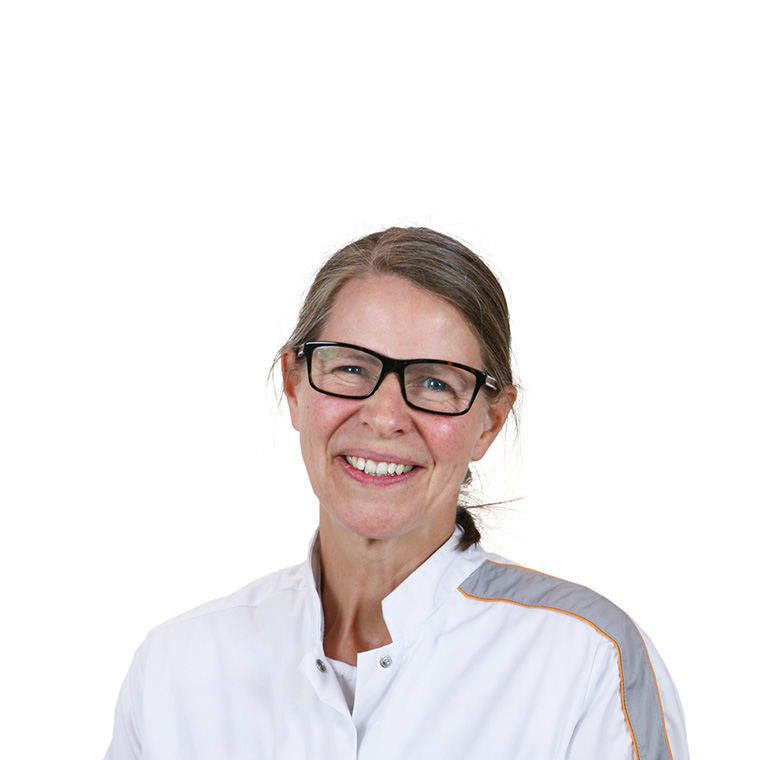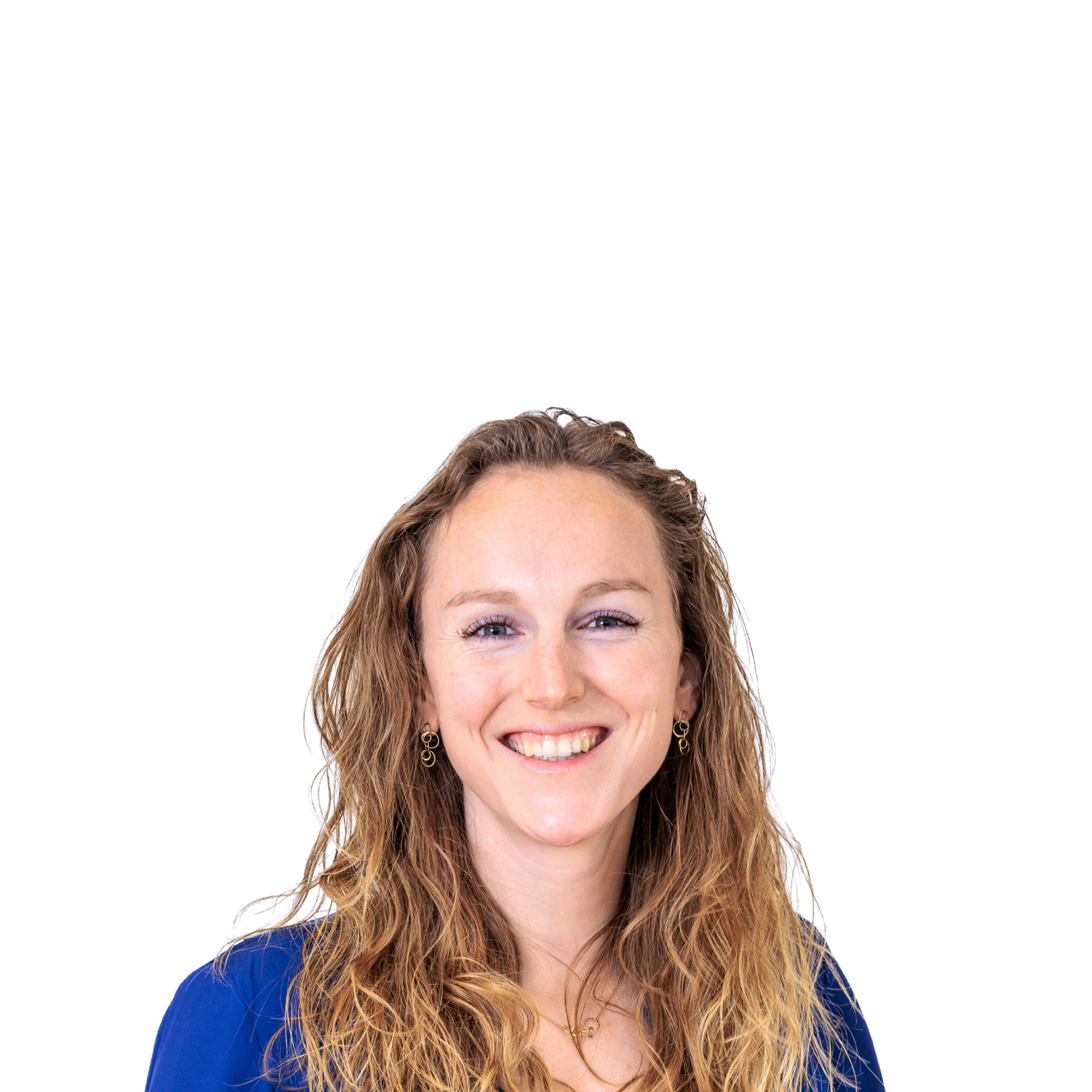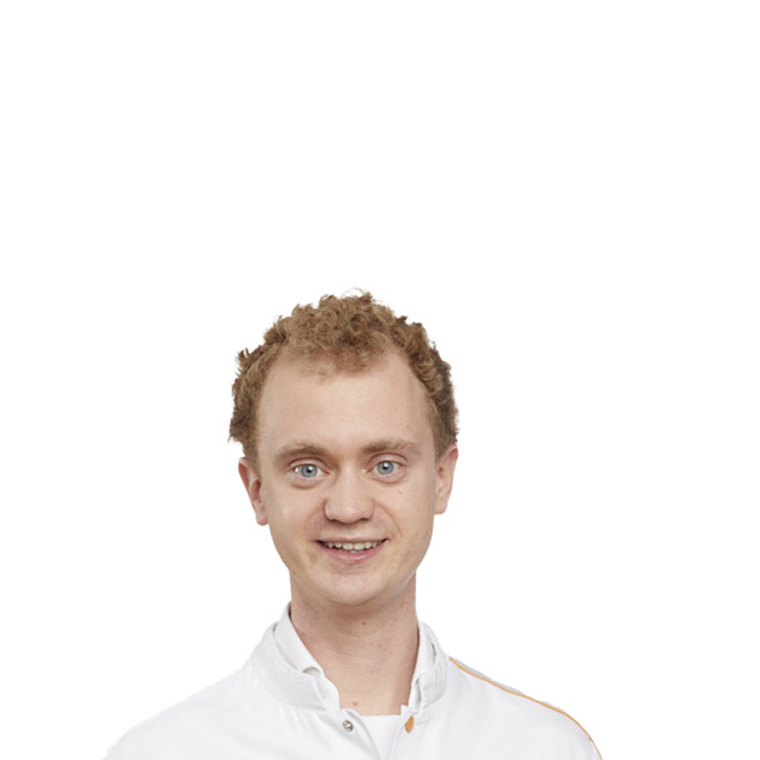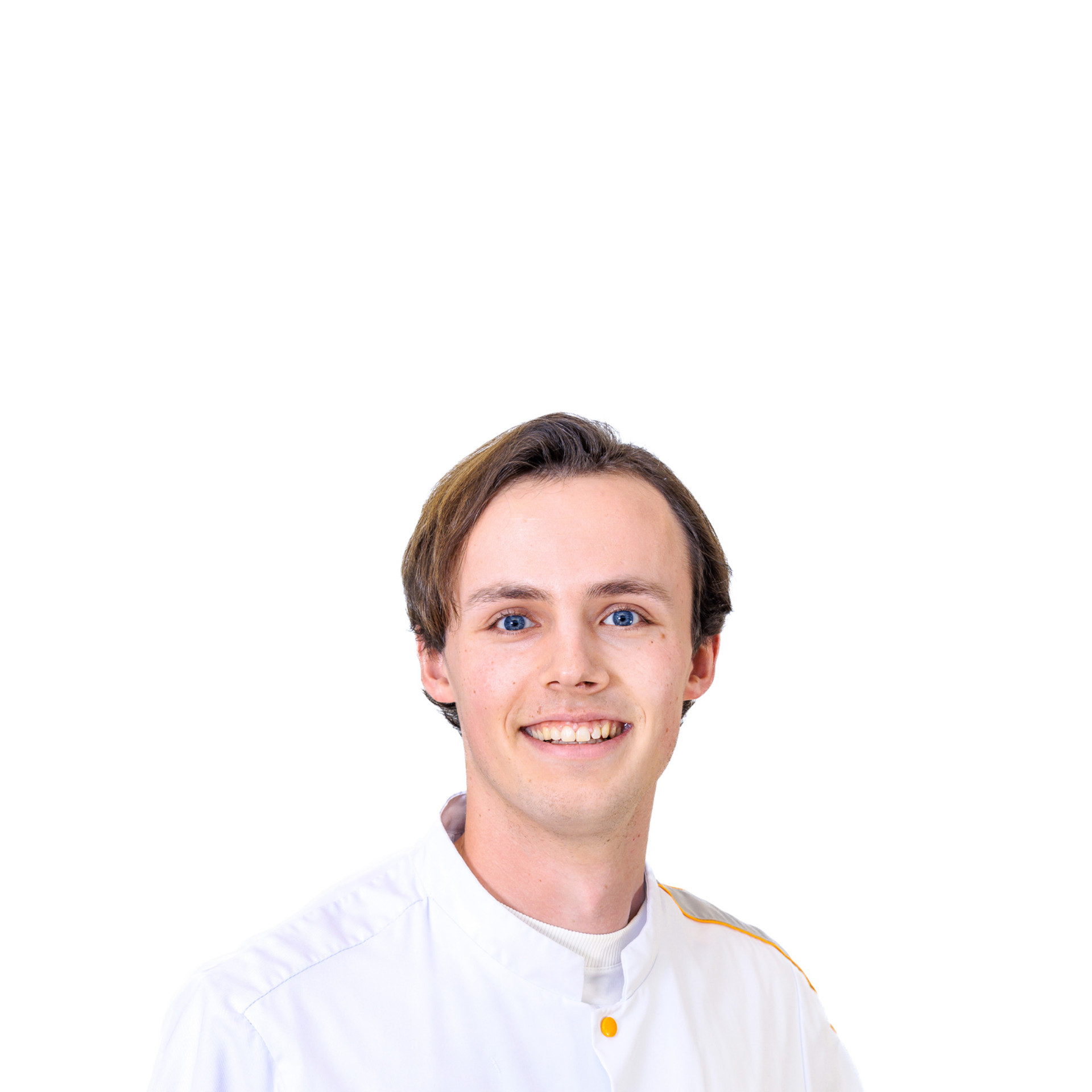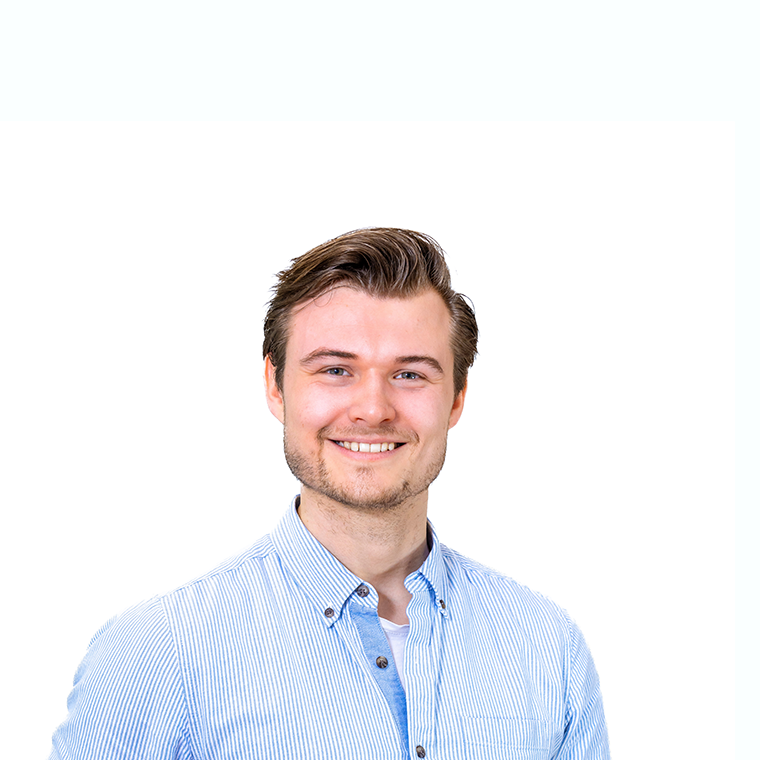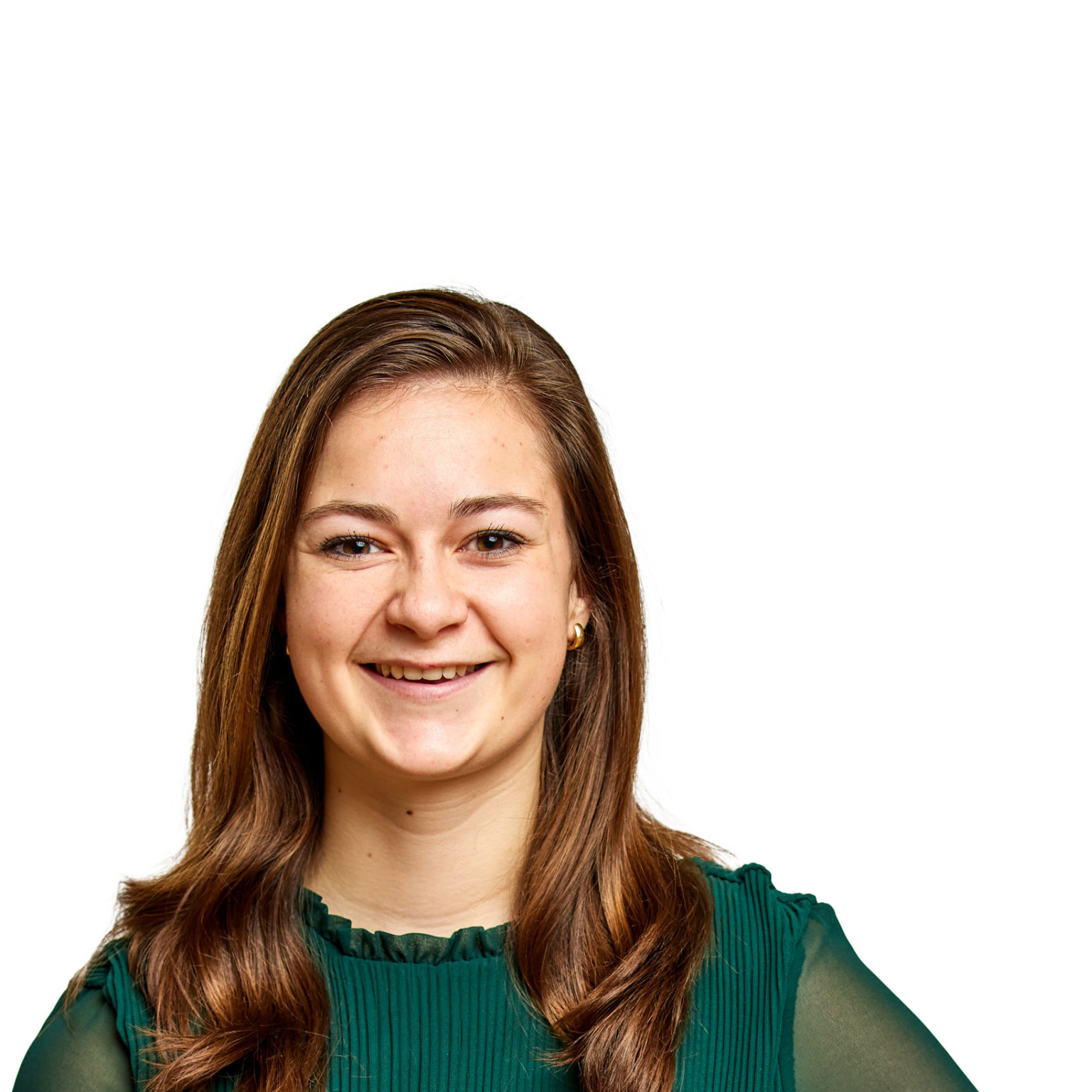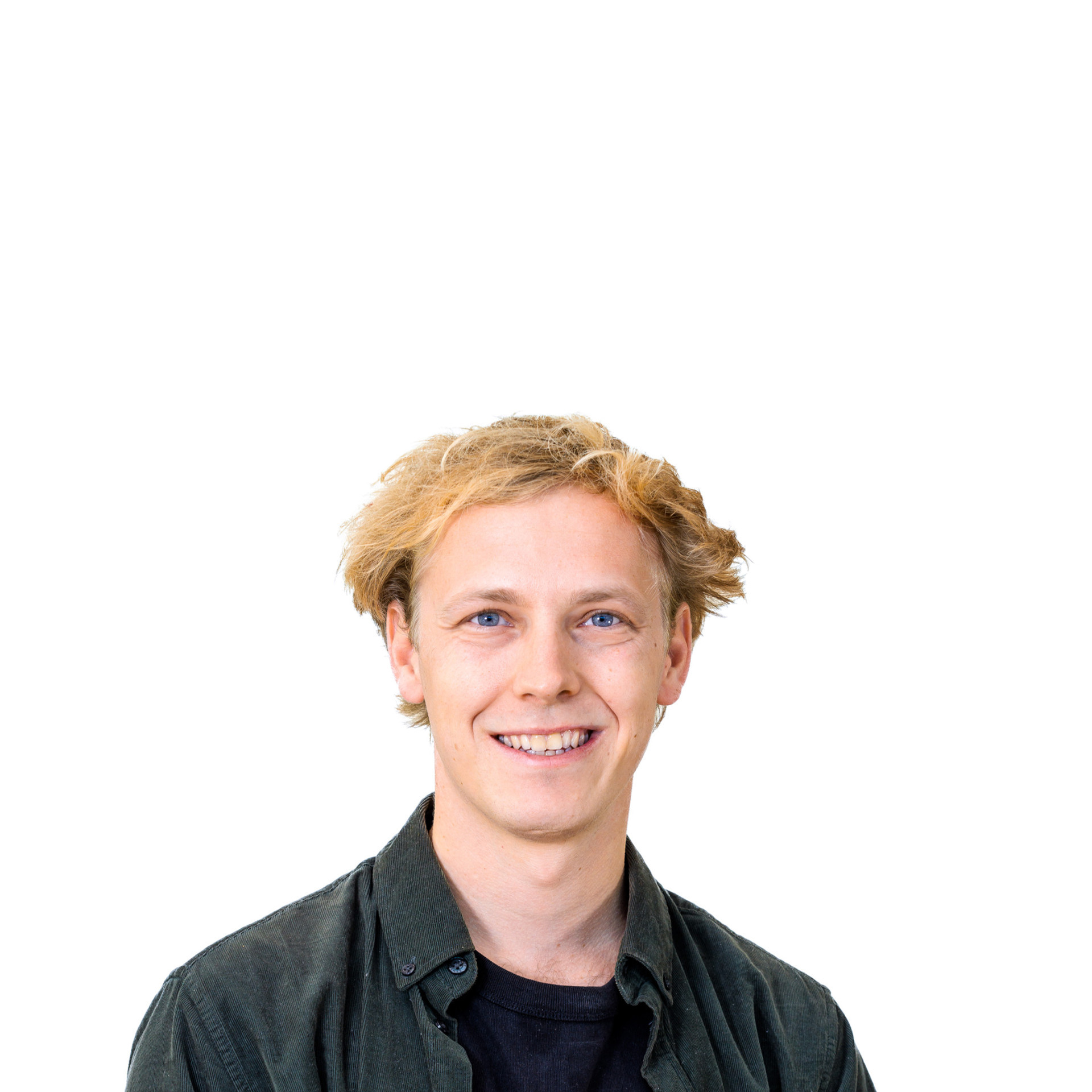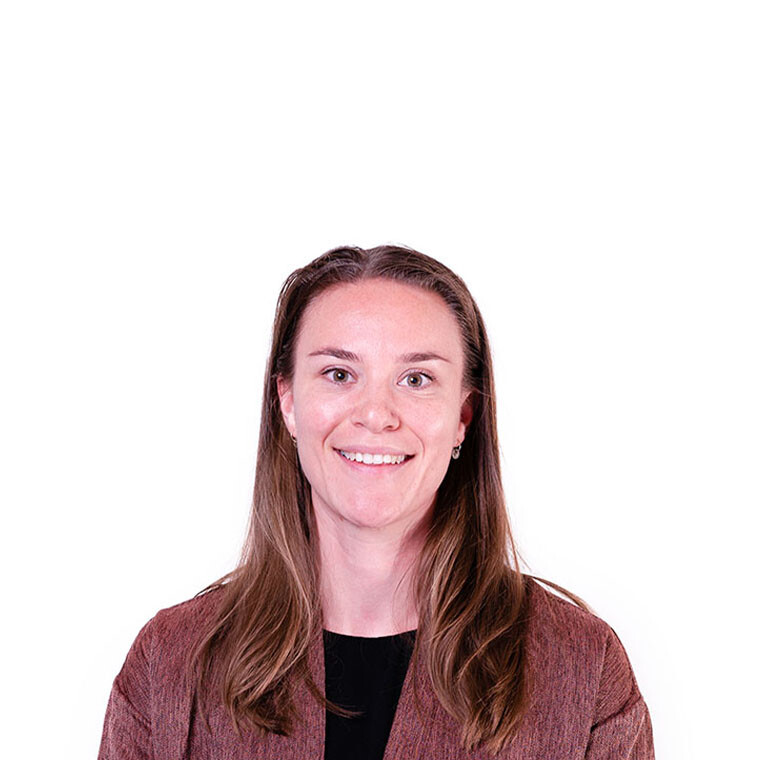Onderzoekgroepsleider: Prof. dr. Marc Wijnen
Klinisch werken we nauw samen met oncologen om complicaties te minimaliseren, zoals het verminderen van lijninfecties en het verbeteren van de diagnostische nauwkeurigheid in samenwerking met de afdeling pathologie. Op technisch gebied richten we ons op 3D-visualisatiemethoden, chirurgie met navigatie, fluorescentiegeleide chirurgie en beeldanalyse om de hoogste precisie tijdens operaties te garanderen. Deze geavanceerde technieken worden ontwikkeld en geïmplementeerd voor een of meer chirurgische procedures bij kinderen met kanker.
Lijninfecties
Ons klinisch onderzoek is gericht op het verminderen van lijninfecties, een veel voorkomende complicatie bij kinderchirurgie voor kanker. We hebben retrospectieve en prospectieve onderzoeken uitgevoerd om lijninfecties beter te begrijpen en te voorkomen. Daarnaast onderzoeken we nieuwe protocollen en technologieën om de resultaten voor patiënten te verbeteren. We hebben bijvoorbeeld een groot gerandomiseerd gecontroleerd onderzoek uitgevoerd naar het gebruik van Taurolock om lijnen schoon te maken na gebruik, met als doel deze infecties te verminderen (KWF gefinancierd onderzoek). Lees hier meer.
Diagnostiek
Om te bepalen welk type kanker een kind heeft, voeren we een biopsie van de tumor uit. Onder een microscoop wordt het uiterlijk van de tumor (morfologie) onderzocht en worden speciale kleurstoffen (immuunhistochemie) aangebracht. Daarnaast analyseren we DNA-veranderingen in de tumor (moleculaire diagnostiek). Ons onderzoek richt zich op deze diagnostische methoden in samenwerking met de afdeling pathologie, met name het onderzoeken van DNA-veranderingen in neuroblastomen om hun invloed op de agressiviteit van de tumor te begrijpen.
Niertumoren
Ons onderzoek naar niertumoren is gericht op het ontwikkelen van nieuwe 3D-visualisatiemethoden voor preoperatief en intra-operatief gebruik, zodat chirurgen preciezere en niersparende operaties kunnen uitvoeren. Wij hebben een techniek ontwikkeld waarbij chirurgen tijdens de operatie een holografische projectie kunnen zien met behulp van een HoloLens, die gedetailleerd inzicht geeft in de locatie en diepte van de tumor (KWF gefinancierd onderzoek). Hierop voortbouwend onderzoeken we de Spatial Computing-mogelijkheden van de Apple Vision Pro. Deze biedt nieuwe positioneringstechnieken en de mogelijkheid tot modellen die rekening houden met de vervormbaarheid van de nier.
Neuroblastoom
We streven ernaar chirurgische beslissingen en precisie voor kinderen met neuroblastoom te verbeteren. Door voor de operatie 3D-modellen van het neuroblastoom en de omliggende organen te maken, kunnen we biologische informatie integreren en daarmee agressieve van niet-agressieve delen van de tumor onderscheiden. Dit kan chirurgen helpen om agressieve tumorgebieden te reseceren en tegelijkertijd complicaties te minimaliseren door niet-agressieve gebieden te sparen.
Daarnaast verrichten we pionierswerk op het gebied van gerichte fluorescentiegeleide chirurgie voor neuroblastoom. Ons team heeft een neuroblastoom-specifiek fluorescerend middel, anti-GD2-800CW, ontwikkeld en gevalideerd in muizen dat de tumor zichtbaar maakt tijdens de operatie (eerdere studie). We evalueren momenteel het potentieel van dit middel in klinische studies om de zichtbaarheid van de tumor en de nauwkeurigheid van de resectie te verbeteren (KWF gefinancierd onderzoek).
Kiemceltumoren
Kiemceltumoren zijn een zeldzame groep tumoren die kunnen voorkomen in de geslachtsklieren (testikels en eierstokken) en verschillende andere lichaamsdelen, zoals de borstholte, de buikholte en rond het heiligbeen. Deze tumoren kunnen zich op verschillende manieren gedragen, van volledig goedaardig tot agressief met mogelijkheden voor uitzaaiing. Onze onderzoeksgroep heeft alle kiemceltumoren in Nederland van voor de oprichting van het Prinses Máxima Centrum bestudeerd en vergeleken met de tumoren die sinds de opening zijn behandeld. Wij werken samen met pathologen en medisch moleculaire onderzoekers om specifieke kenmerken van deze tumoren te identificeren om hun gedrag beter te begrijpen. Ons doel is om te identificeren welke soorten kiemceltumoren baat zouden kunnen hebben bij verschillende behandelingsmethoden om de algehele overlevingskansen te verbeteren.
Tumoren van botten en weke delen
De integratie van 3D-modellen in de kinderoncologische chirurgie heeft onze mogelijkheden aanzienlijk verbeterd, hoewel deze visualisatietechnieken nog niet volledig worden gebruikt tijdens procedures. Ons huidige onderzoek richt zich op innovatieve chirurgische navigatie voor sarcoomchirurgie. We onderzoeken de voordelen van navigatie met behulp van ultrageluid voor nauwkeurige intra-operatieve begeleiding. Door ultrasound technologie te combineren met onze 3D-modellen, kunnen chirurgen real-time beelden ontvangen die gecombineerd zijn met het chirurgisch plan en cruciale anatomische details bieden tijdens de operatie (KWF gefinancierd onderzoek).
Een andere innovatieve benadering in sarcoomchirurgie is het gebruik van indocyanine groen (ICG) voor aspecifieke fluorescentiegeleide chirurgie. ICG zendt licht uit wanneer het met een speciale camera wordt belicht. Het middel hoopt zich op in de tumor en helpt chirurgen onderscheid te maken tussen tumorweefsel en gezond weefsel. De intensiteit van de ICG-fluorescentie varieert echter tussen patiënten en tumoren, waardoor verschillen ontstaan in de zichtbaarheid van de tumoren. We veronderstellen dat factoren zoals het type sarcoom en eerdere chemotherapie of bestraling de effectiviteit van ICG beïnvloeden, gebaseerd op het gebruik van ICG bij zowel volwassenen als kinderen.
Beeldanalyse
Al ons onderzoek wordt ondersteund door geavanceerde beeldanalysetechnieken. Door gebruik te maken van beeldanalyse, met de focus op kunstmatige intelligentie en deep learning, hopen we niet alleen clinici te helpen, maar onze kennis uit te breiden tot voorbij het menselijk begrip. Door deze methoden voortdurend te verfijnen, willen we chirurgen betere hulpmiddelen bieden voor het diagnosticeren, plannen en uitvoeren van operaties met de hoogste precisie en de beste resultaten voor kinderen met kanker. Zo zijn we tijdens MICCAI 2023 de SPPIN-uitdaging (Surgical Planning in PedIatric Neuroblastoma) gestart om samen te werken aan geautomatiseerde segmentatie van MRI-scans van neuroblastoom om chirurgen te helpen tijdens de preoperatieve planning (SPPIN Challenge).


